Cardiff's Jewish history brought to life by virtual trail
- Published
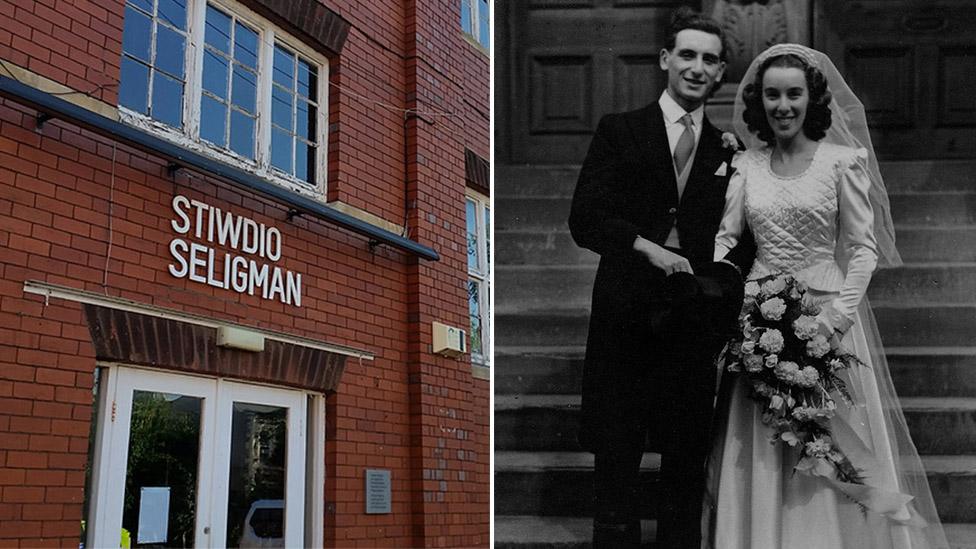
David and Phillipa Seligman supported the arts in Cardiff and Wales
Abduction, controversy and violence are just some of the darker chapters of Cardiff's "lost" Jewish heritage that have been discovered by researchers.
A new virtual trail around the capital also celebrates the contribution of the community to Welsh business and the arts that remains visible today.
The Jewish History Association of South Wales (JHASW) said it was an important part of Cardiff's history.
It also hopes promoting history can help tackle anti-Semitism.
Users can follow a trail around 47 locations, external across the city, learning about the history of the Jewish community that is estimated to date back to 1813.
While some buildings have been lost to several rounds of developments over the following 200 years, others are still highly visible, including some of Cardiff's most recognisable buildings.
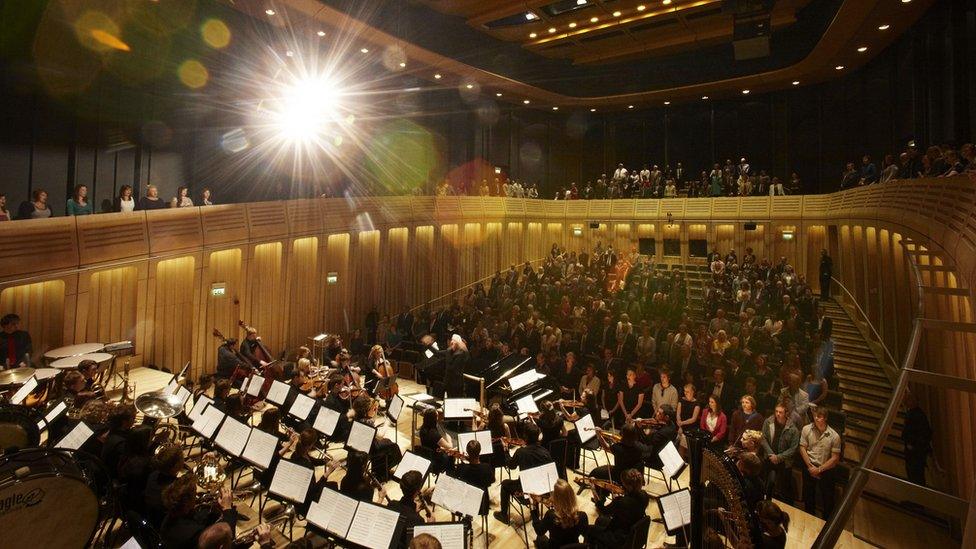
The Dora Stoutzker Hall inside the Royal Welsh College of Music and Drama
The Wales Millennium Centre, Chapter Arts Centre and the Royal Welsh College of Music and Drama all feature theatres and halls named in honour of Jewish contributors, while the Sherman Theatre in Cathays carries the family name of the philanthropist brothers Harry and Abe.
"It's an important part of Cardiff's heritage that has largely been lost," said Mike Hawkins, the trail co-ordinator for JHASW.
"Many of us were surprised at what we found, even though many of the volunteers were researching their home town.
"What struck me was the contribution of Jewish people over the years to the arts in Wales and Cardiff and how that history is still relevant today."
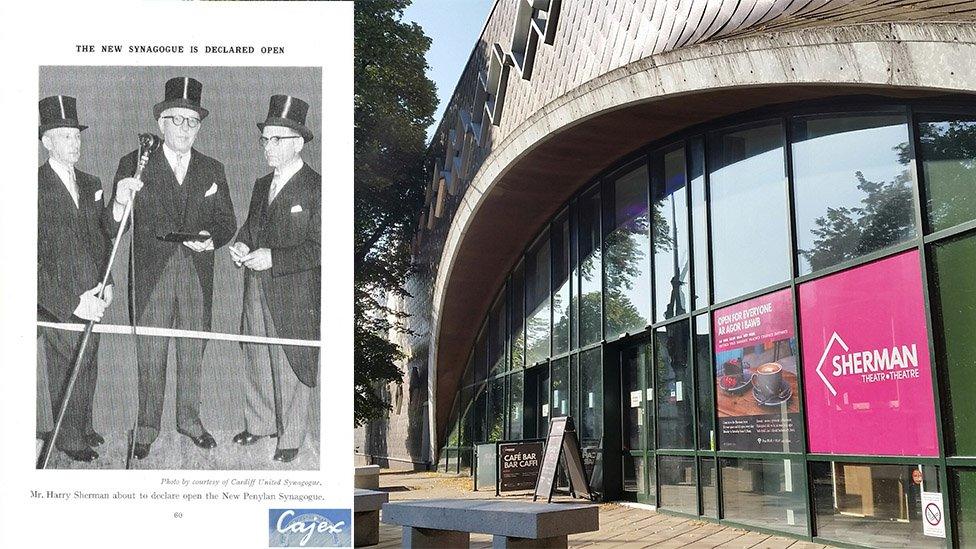
Harry and Abe Sherman donated £180,000 to Cardiff University to help fund a new theatre


Delicatessen owner Wally Salamon's father fled the Nazi invasion of Austria to Wales
However, volunteers were eager to deliver an unvarnished account of Jewish history in the city.
The trail also includes accounts of the high-profile alleged abduction of a wealthy businessman's daughter, people fleeing the 1911 Tredegar riots to Cardiff and the so-called "Great Circumcision Row" of 1890 that was played out in the local media.
"We didn't see our job to only be nice about the community. Our main intention is to preserve the heritage, so we also discuss the infighting and problems," said Mr Hawkins.
"However, many Jewish people have kept a low profile and don't want to make themselves or their beliefs too obvious.
"Many of them were quite cagey when we spoke to them, so it was a matter of gaining their trust. But we want people to become more aware of their own heritage."
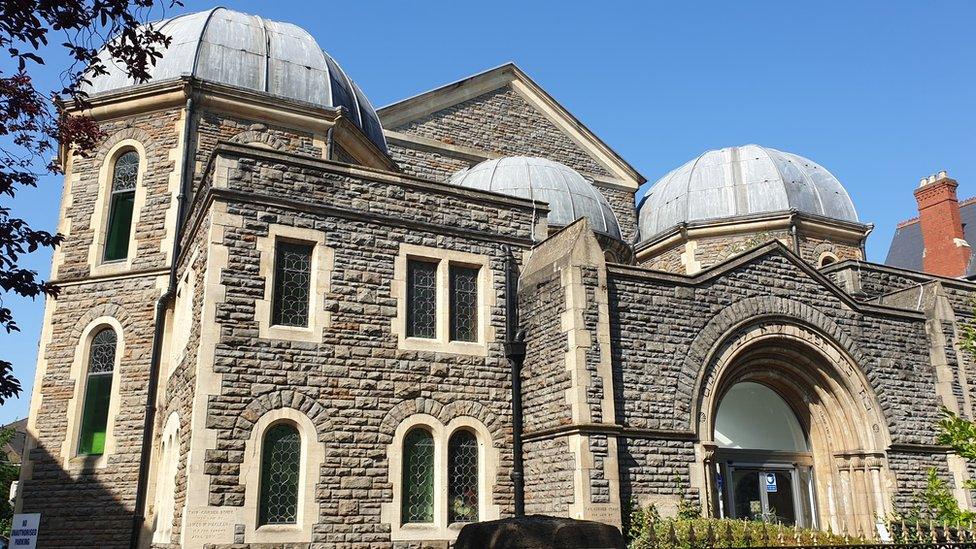
The former synagogue on Cathedral Road now houses offices

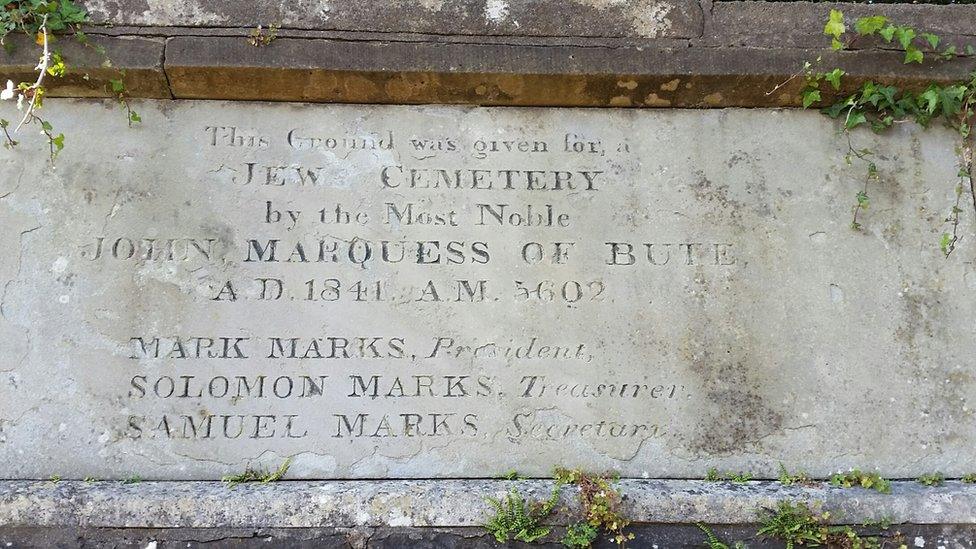
The Marquess of Bute gave land for a Jewish cemetery in 1841
While the JHASW hopes the trail may help protect the future of many buildings and landmarks, it also hopes to raise awareness of historical bonds.
Mr Hawkins said: "There has also been a recent rise in anti-Semitism so it would be nice if people were more aware of the long relationship with the Jewish community, their contribution to business and the arts in Wales. Perhaps that could help with some understanding."
The trails, in English and Welsh, were funded by the National Lottery Heritage Fund, Cardiff University, the Jewish Memorial Council and the Jewish Historical Society of England, and also include links to collections and audio excerpts from oral histories on People's Collection Wales.

NOTHING BEATS THE 70S: Mike Bubbins takes on the challenge of another epic decade
RADIO WALES ART SHOW: Nicola Heywood Thomas explores new summer productions across Wales

Related topics
- Published14 May 2021
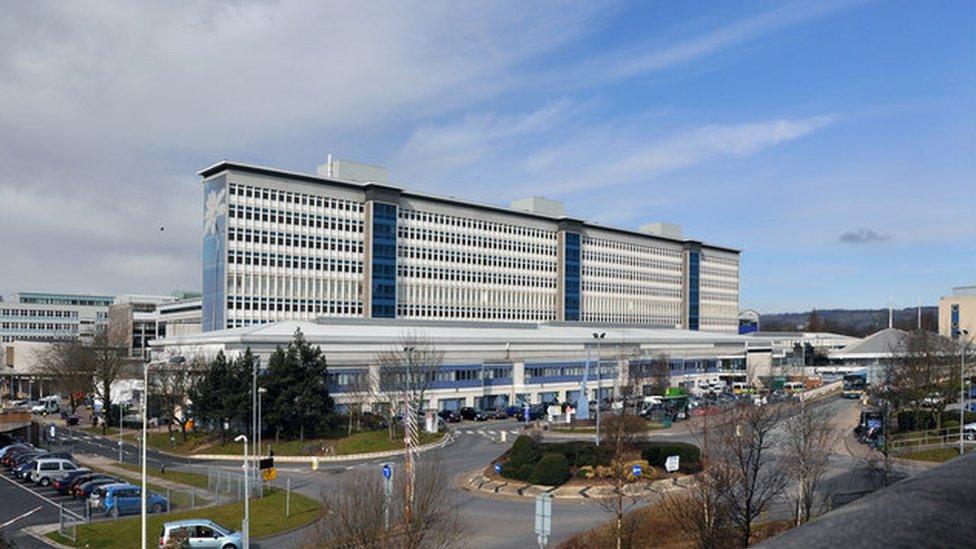
- Published31 March 2021
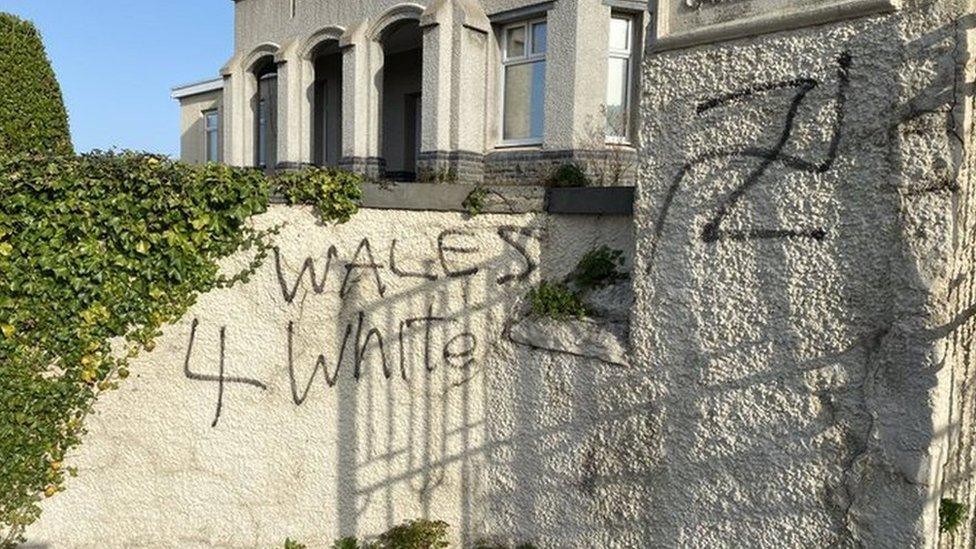
- Published17 March 2021

- Published3 March 2021
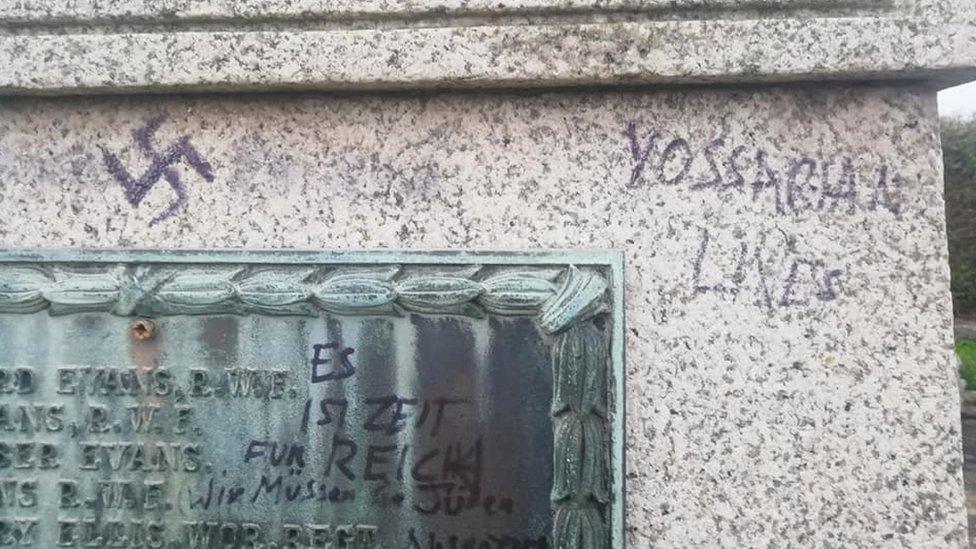
- Published5 November 2019
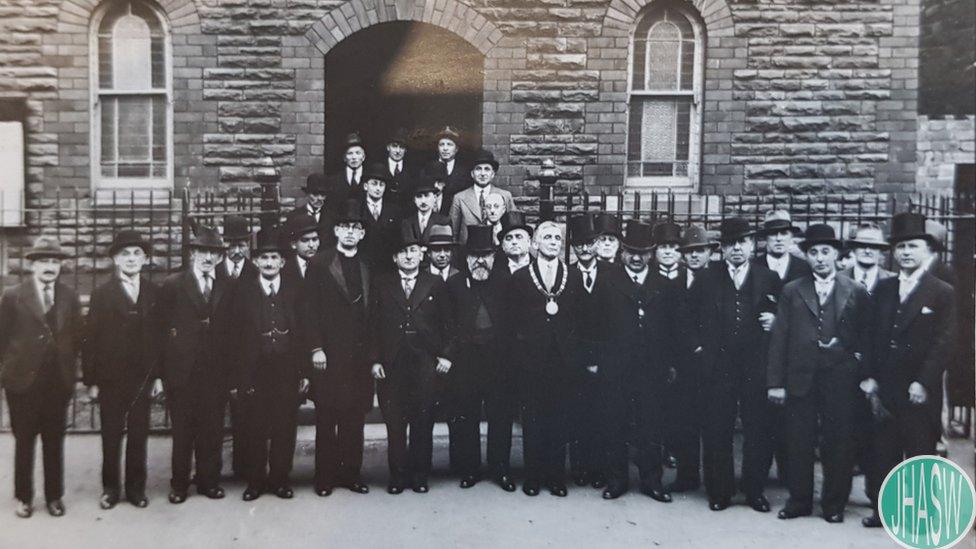
- Published20 July 2019
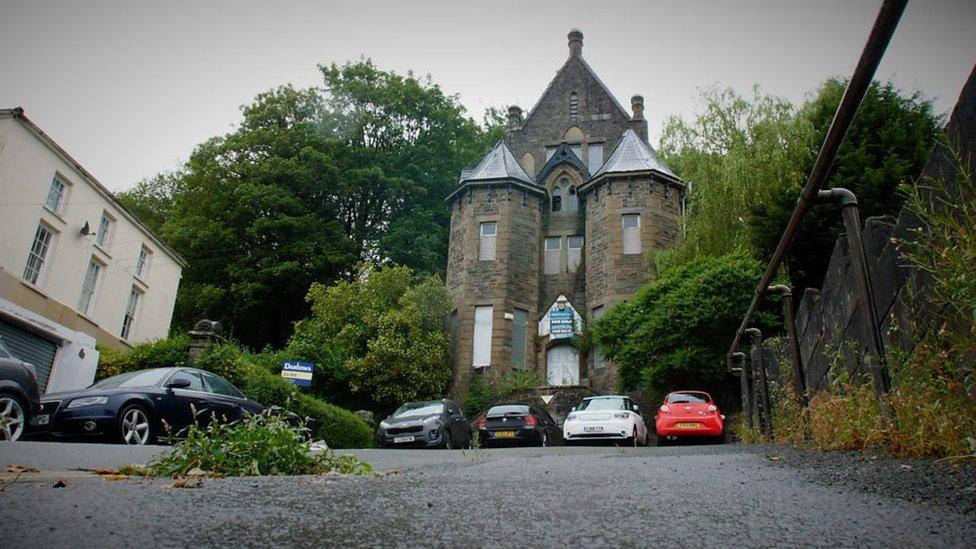
- Published17 March 2019

- Published2 February 2019

- Published19 August 2011
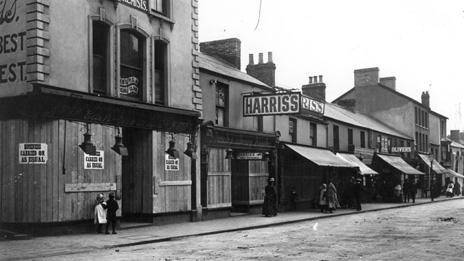
- Published30 March 2011